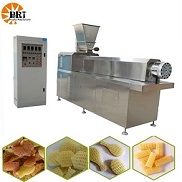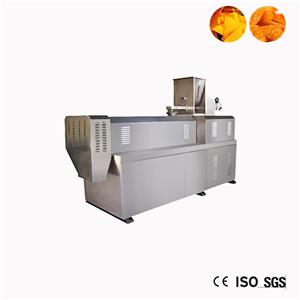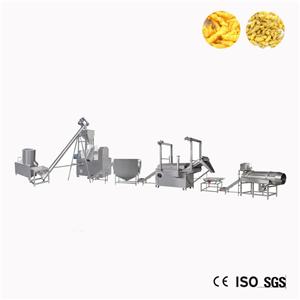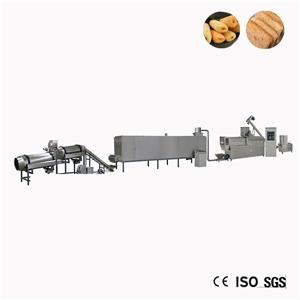What are the oils in pet feed
What are the oils in pet feed
Fat in pet feed
Fat is a collective term for fats and oils, and is one of the main nutrients in pet food. The chemical elements contained in fats are mainly C, H, O, and some also contain elements such as N, P. The fats in pet food provide fat for pets. For pets, fat is an important component of their body tissue. Fats are found in the skin, bones, muscles, nerves, blood, and internal organs of pets. Most lipids are important components of cell membranes, and they are also raw materials for cell proliferation, renewal, and repair. At the same time, fat is also involved in the synthesis of certain metabolic regulatory substances in cells, such as sex hormones and bile acids. In pet dogs, fat accounts for up to 10-20% of their body weight. When the proportion of fat reaches a certain level, it will increase the palatability of cat food. In order to meet the demand for fat content in pet food, the amount of fat added is usually about 10% of the formula.
Pet feed - chicken oil
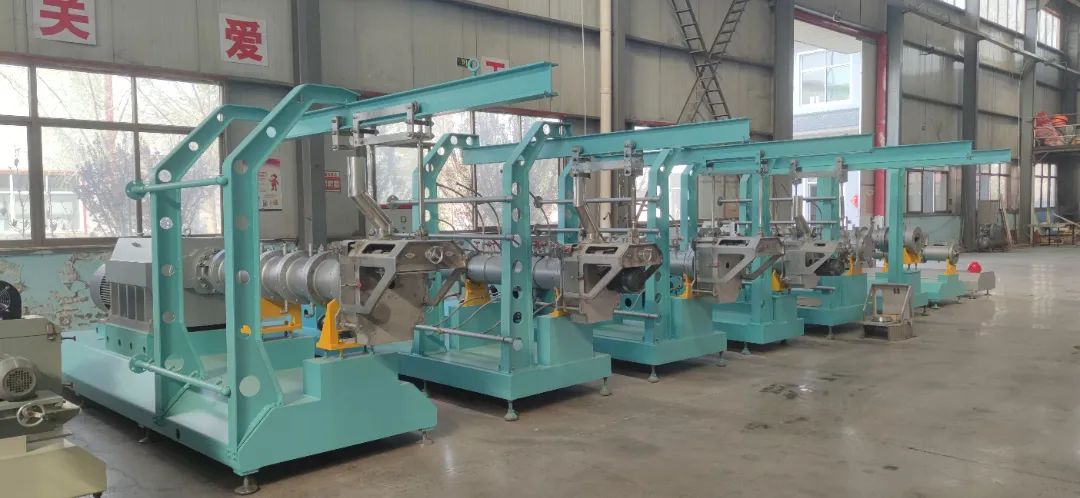
Chicken oil is a very common source of fat in pet food, and its usage in pet food accounts for 10% -20% of the total production, with a better flavor than other fats. Chicken oil comes from several different sources: refined, refined, and low-temperature blanching. This leads to differences in quality, consistency, and cost of its products, as well as small-scale differences in secondary nutrients such as carotenoids, palatability, and stability. Chicken oil contains various components such as fatty acids, proteins, fat soluble vitamins, sterols, etc. The fatty acid composition is one of the important indicators for evaluating the nutritional value of chicken oil, and it is also an important chemical component that affects its flavor.
Modern research has shown that the degradation products generated by oxidation of chicken oil and their participation in the Maillard reaction not only have a fatty aroma, but also form the characteristic aroma of chicken, which can enhance the flavor function of chicken oil. The unsaturated fatty acids in chicken oil have a significant impact on the authenticity of the image, especially the monounsaturated fatty acids. When storing chicken oil in bulk, it is relatively easy to maintain its stability; However, when chicken oil is added to pet food, its stability will be affected to some extent. The processing and packaging methods of food directly affect the effectiveness of preservatives.
In addition, the condition of fat is crucial when adding preservatives, including its moisture content, peroxide value, free fatty acid levels, and impurities. The lower the content, the better. The comprehensive considerations also include cost, availability, flavor, and aroma. Chicken oil is rich in essential fatty acids for pets - linoleic acid, which is approximately 19.5%, which is about twice the content in lard. Chicken oil is suitable for both dog and cat diets and has a better flavor than other fats. The digestibility of chicken oil and its contribution to total metabolic energy in food are also comparable to other fat sources such as butter or pork fat.
Pet feed - butter
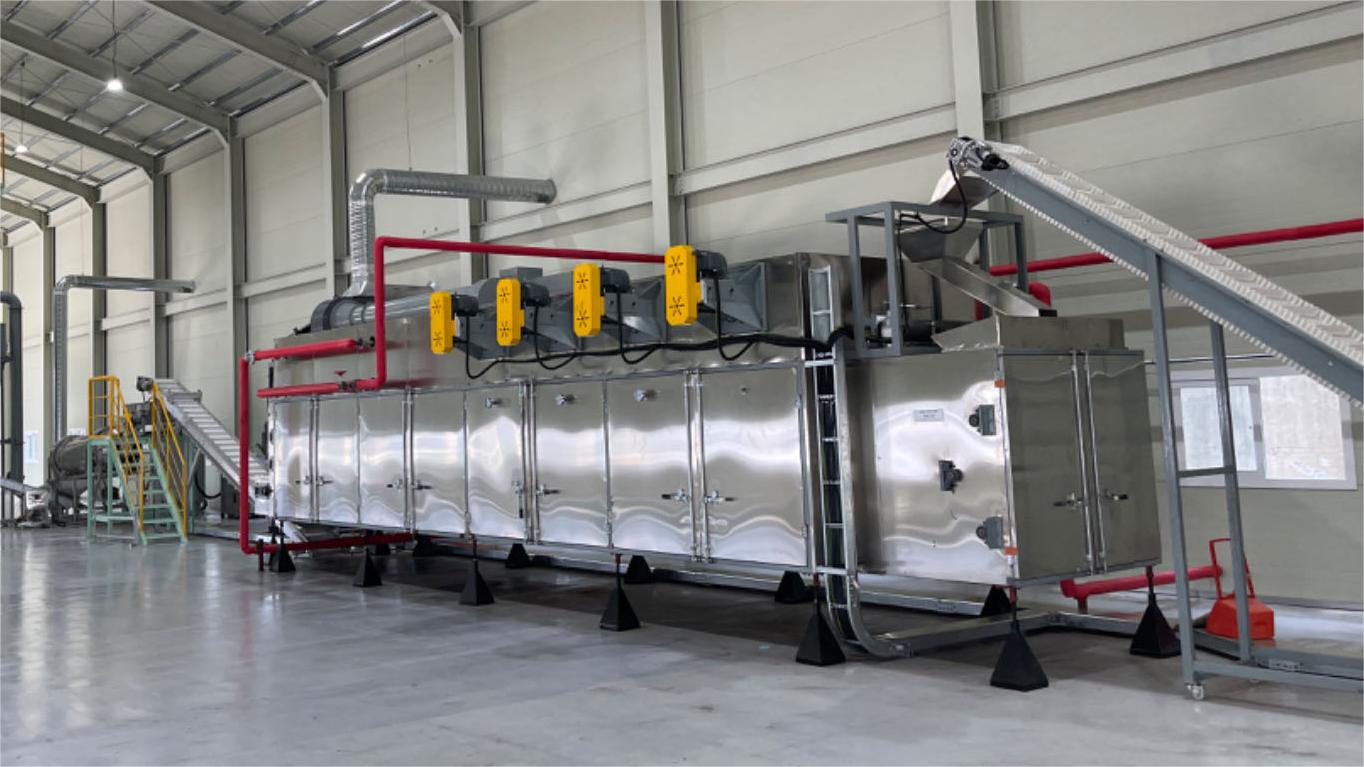
Butter is one of the earliest raw fats used in pet food. Butter is mostly saturated fatty acids (i.e. solid at higher temperatures), which also conforms to the definition of butter, with a melting point of 40 degrees Celsius. For pets, saturated fats such as tallow are negatively correlated with transport lipoprotein, which can lead to cholesterol and coronary heart disease. Pets are considered a "high-density lipoprotein species", which means they have good advantages in circulating high-density lipoprotein. About 50% of the fatty acids in butter are saturated, containing a small amount of linoleic acid and linolenic acid, and there is no long-chain fatty acid omega-3, which is similar to the saturation of lamb oil. Compared to chicken oil and lard, butter has a higher digestibility (with a digestibility rate of over 97%).
Among different sources of fat, butter has better palatability than lamb or lamb oil, and animal fat is also considered to be more stable than unsaturated fat, and as long as there are fewer antioxidants, it can achieve a shelf life effect. Cow butter also contains a small amount of conjugated linoleic acid, indicating its potential as a natural anti-cancer element. Butter can provide energy and flavor for pet food, but a balanced diet may require some supplementation rich in linoleic acid. Butter is a good platform for providing energy and flavor. Oils and fats are heated at high temperatures to form volatile flavors with organic components. According to their chemical structure, they can be divided into aldehydes, alcohols, ketones, esters, etc.
Different types of volatile substances can produce different flavor combinations, such as fat flavor, meat flavor, mushroom flavor, cream flavor, etc. Specifically, cats prefer foods coated with butter and chicken oil.
Pet feed - fish oil
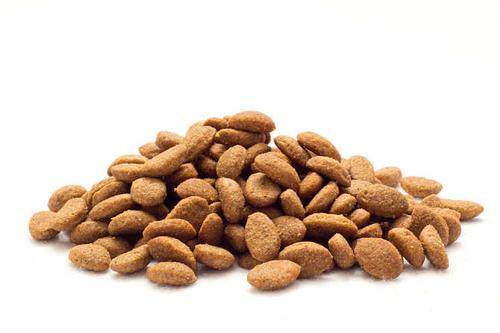
Fish oil is the most popular source of animal fat after beef, animal, and poultry fat. If the trend of pet food is consistent with that of pet parents, fish oil may be seen as an increasingly popular ingredient among people who are concerned about pet health in the coming years. In the process of considering oil as a healthy ingredient, more and more formula designers are choosing rich ingredients ω 3 and ω Fatty acid based oils. Fish oil is often considered an important source of these key nutrients. The functions of various fish oils in pet food have been emphasized, mainly targeting skin and fur health, while also having anti-inflammatory and heart health maintaining effects.
Commonly used fish oils include salmon oil and tuna oil to provide omega-3 fatty acids, which are beneficial for skin and fur health. Sometimes fish oil itself is also a product released as a supplement to pet food formulas. For example, Brilliant salmon oil from Hofseth BioCare, headquartered in Chicago, has been launched in the United States and Canada and sold on independent pet professional channels. This product is a pet supplement with functional benefits such as healthy skin, fur, and foot pads, as well as increased energy and appetite. Other sources of fish oil are also becoming increasingly popular, such as wild Alaska cod oil. Most fish oil is added to the surface of pet food after being squeezed and dried, with a content of usually 1% -2%. The spraying equipment needs to be accurately designed to ensure accurate dosage, otherwise it will affect the palatability of the product and other issues. Spraying fish oil on the surface of pet dry food may cause oxidation problems, and the most effective antioxidant is ethoxyquine. The natural antioxidant system based on tocopherols is also very effective.
Pet feed - lard
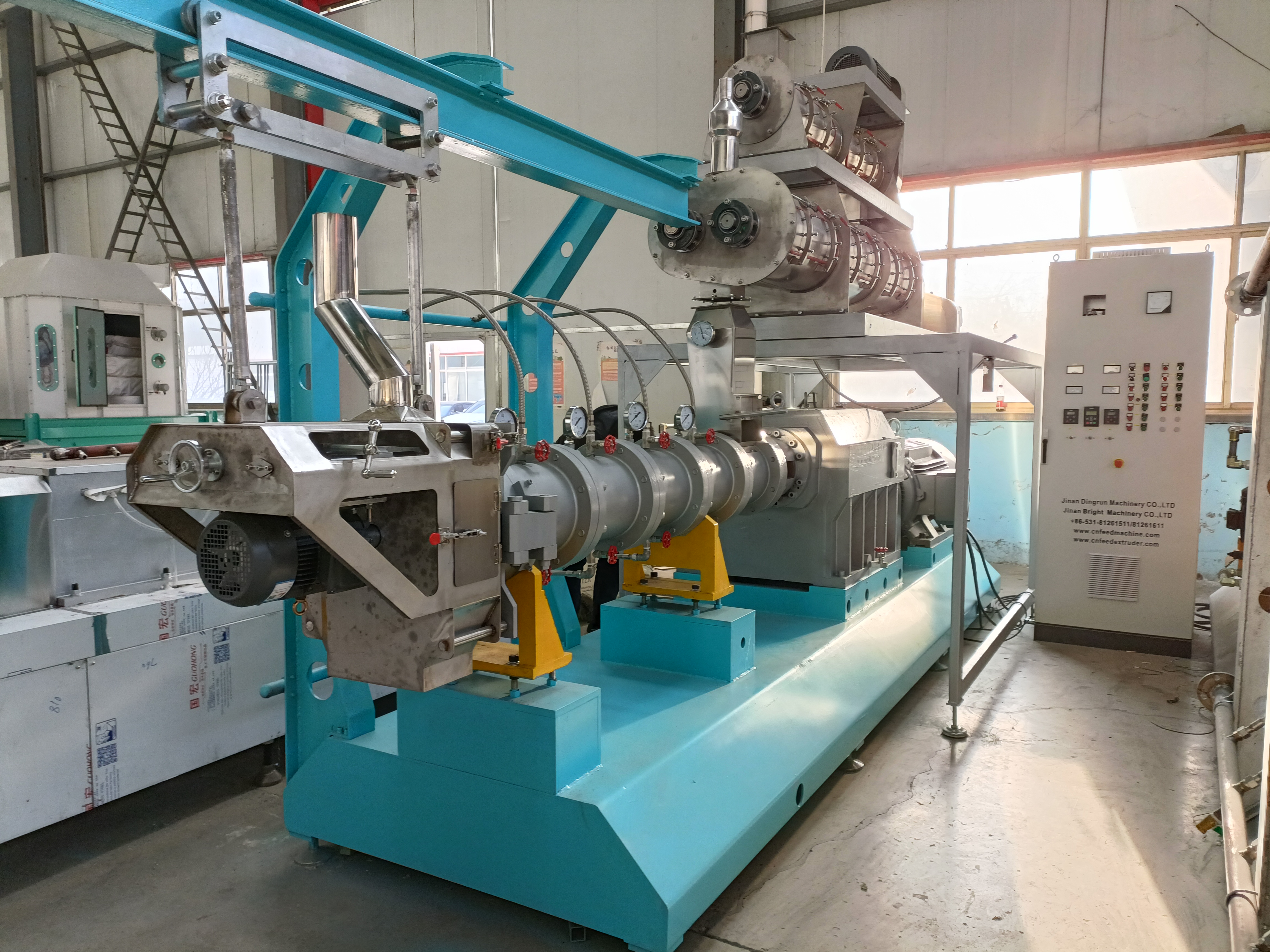
Lard is an animal fat commonly used in pet food. Lard can be made by steaming, boiling, or dry heating. The quality of lard varies depending on the source and processing method; If handled properly, it may be almost odorless and tasteless. Lard has a high content of saturated fatty acids and does not contain trans fats. 100 grams of lard contain 95 milligrams of cholesterol, 0.6 milligrams of vitamin E, 2.5 micrograms of vitamin D, 0.11 milligrams of zinc, and 0.2 micrograms of selenium. The content of essential fatty acids such as linoleic acid in lard is generally between 3% -16%, and the difference in its essential fatty acid content may be influenced by the feed consumed by pigs before slaughter.
Due to the presence of palmitic acid and oleic acid in lard, the state and quality of lard are usually relatively stable. Lard and feed grade lard are in a semi solid to viscous liquid state at room temperature and solidify in colder weather, so special handling is required during transportation or loading and unloading.
In addition, only by attaching lard to hot food can it fully penetrate. Lard has a high digestibility, comparable to other fats, and exhibits good palatability for both cats and dogs. Kane et al. showed that cats have no preference differences for lard, butter, and hydrogenated vegetable oil.

